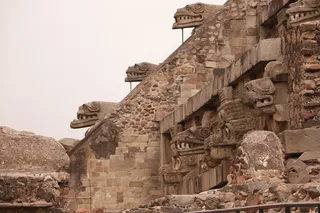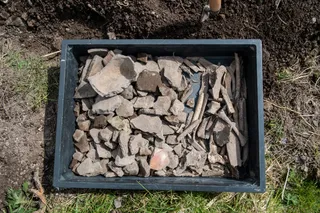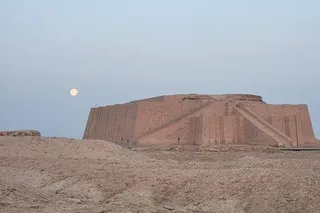In southern Mexico, remote sensing technology has recently provided a snapshot of a 15th century archaeological site in its heyday, revealing a bustling city built by the pre-Columbian Zapotec culture. The site, known as Guiengola, was initially thought to be a fortress occupied by soldiers, but one researcher has found that it was actually an entire city complete with a network of internal roads and amenities like temples and ballcourts.
The updated perspective of Guiengola, featured in a November study published in the journal Ancient Mesoamerica, illustrates the political and social workings of the Zapotec civilization, which met its end at the hands of Spanish conquistadors in the early 16th century. The findings come from Pedro Guillermo Ramón Celis, a postdoctoral researcher at Montreal-based McGill University who revealed the original layouts of several remaining structures.
Guiengola, located in the Mexican state of Oaxaca, was once a lively city with an ...















